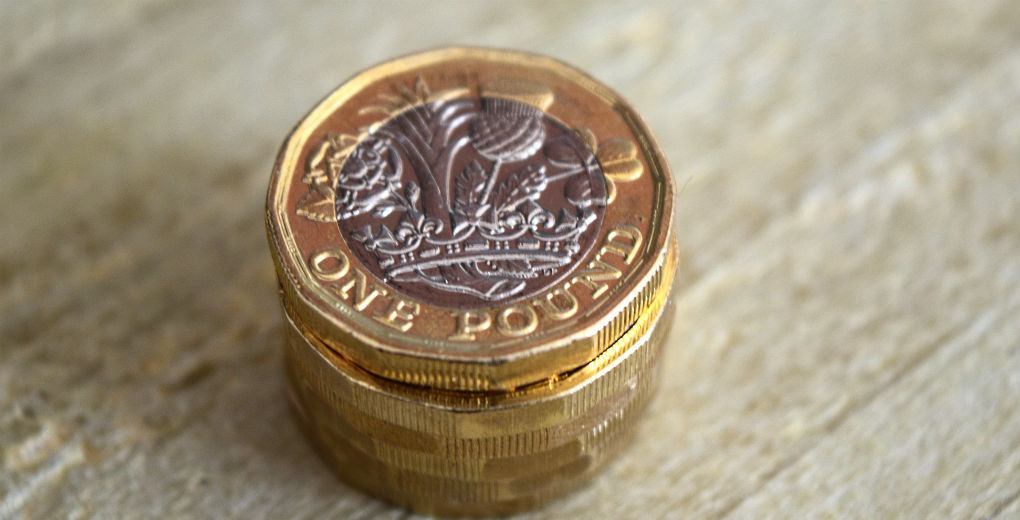Less for more thanks to latest inflation figures
The refreshed currency in our pockets, purses and wallets won’t stay there long thanks to the highest inflation in the UK in five years.
While clothing has remained low, food, transport and utility prices have tipped inflation over the edge from 2.9% in August to 3% in September, with wage increases still hobbling behind at an annual rate of 2.1 %, according to the Office for National Statistics (ONS).
With the Retail Price Index, the measure used to set business rates, reaching 3.9%, it’s not just households that are going to feel the strain, as Mike Cherry, the national chairman of The Federation of Small Businesses explains:
“A near four per cent bill increase next April, on top of losing year one transitional caps, will be the last straw for many,” he warned.
News of the pound’s strength in the market has been widely reported since Brexit, and now the cost of importing from countries with a stronger currency is beginning to reveal itself in the expense of running a household and a business.
The 3% rate is still low compared to the 1970s, when oil prices tripled and unions pushed for better wages to meet inflation which was over 25%. By today’s calculations, £100 would have been equivalent to over £1,450, an attractive sum in isolation but one that realistically doesn’t stretch far in 2017.
Clearly, there’s no room for expensive extras, and nowhere is that more true than with insurance. An insurance broker can look at what cover is needed where, and how much, for both your business and your home, and ensure that inflation doesn’t leave you underinsured by selecting a policy which automatically accounts for inflation each year.
Speak to the team at Lockyers on 01924 278222 if you’re concerned you might be paying more than is necessary.


